Learn English while learning about daily life in Australia, with Rob McCormack
Podcast Number 135 – Riding in Country Victoria – A Trip to Healesville
(This podcast is 13 minutes and 28 seconds long.)
Hi,
I previously explained in earlier podcasts (see Podcast https://slowenglish.info/podcast-117-riding-in-country-victoria-a-trip-to-seymour/ and Podcast https://slowenglish.info/a-hobby-in-melbourne-motorcycling/) that my main hobby is motorcycling. I love to ride to one of the many small towns in country Victoria, always taking the backroads to enjoy the riding and the scenery. I ride either alone or with some retired friends who also have motorcycles. In this podcast, I would like to tell you about a trip to Healesville, a small and picturesque town just outside Melbourne.
Healesville is a popular destination for Melburnians on the weekend or a public holiday. It is around 60 kilometres from the centre of Melbourne and around 45 kilometres from where I live on the city outskirts. The population is around 7,500 people and it sits at the edge of the Dandenong Ranges which extend out eastwards and northwards from the town.
These ranges are not really a mountain range in the normal sense, as they are not very high, with the highest peak being around 630m. However, they are very well-wooded with a variety of trees and plants and are a delight to ride or drive through. I suspect that they help to keep the town a bit cooler on the hotter days.
Healesville is a popular destination for Melburnians because of the many street cafes and restaurants in the main street. It has a real country feel about it, as you would expect, and is well presented and maintained.
A visit to the town allows Melburnians a chance to get away from the hustle and bustle of the city and enjoy the unhurried atmosphere of the main street with its wide footpaths and indoor and outdoor café seating. I must admit however, that on public holidays or weekends, there are generally too many people there for my liking and some of that relaxed country atmosphere is lost. However, on weekdays it is a different story with few people other than the locals and relatively little traffic to disturb the laid-back feeling of the town. That’s when I like to visit Healesville.
Healesville has other things to see besides the cafes and restaurants. It has the famous Healesville Sanctuary, which is a zoo of native Australian animals. That’s where I saw my first (and only) platypus. We took our children there a few times when they were young, as the zoo is excellent for learning about, and seeing, native Australian animals in their natural environment. There you will see kangaroos, koalas, birds, platypuses, snakes and all sorts of native Australian animals. The staff are very knowledgeable and you can learn so much. If ever you visit Melbourne, a trip to the Healesville Sanctuary is well worth it. By car it is just about 1 hour and 15 minutes away from the city.
https://www.zoo.org.au/healesville

A map showing my route from Warrandyte near my home in Melbourne to Healesville outside Melbourne – a distance of 95.9km. This is the way a keen motorcyclist goes to get to Healesville.
However, when riding my motorcycle, my aim in visiting Healesville is not to get there by the most direct route. Instead, I am looking for scenic back roads and especially those with corners and curves. That’s where the joy of motorcycling lies, in my opinion. So from my starting point of Warrandyte, a small village near my home on the edge of the city, I head for Saint Andrews, a distance of around 27 kilometres.
While still quite close to Melbourne, this area is very interesting and slightly hilly. The properties are mostly small sized farms where people have horses, fruit orchards, grape vines and assorted hobby farming activities. I would say that a large number of these properties are owned by people who may be retired and who just want some extra space to move, rather than being cramped up in a city suburb. I must admit that idea also appeals to me but I suspect these properties are very expensive. The houses are usually quite elaborate and look well built.
Just past Saint Andrews, a small village where there is a very good community market on the weekend (see Podcast 129), I start to head up into the hills towards a town called Kinglake which is at around 550 metres above sea level. The road to Kinglake climbs upwards along the sides of the hills, twisting and turning as it goes. This road is so twisty that we call it ‘The Steps’. The speed limit is 60 kmph and for good reason. There are many very sharp corners which makes it an excellent road for motorcyclists. However, you have to concentrate very hard on the road, judging each corner and making sure you keep on your side of the white line, as there is often oncoming traffic. This section of my journey is around 13 kilometres.
Kinglake is quite a lively small town of around 1500 people. It was devastated by a massive bushfire in 2009, which I talk about in Podcast 23. It has long since been rebuilt and has thrived since then. From Kinglake, I then head on a back road which goes down through thick forest to join up with a major highway called the Melba Highway, named after one of Australia’s greatest female opera singers from the late 1800s and early 1900s, Dame Nellie Melba. She became world famous at that time and I plan to talk about her remarkable career in a later podcast. Riding through this forest is also one of my favourite rides, because the top part of the road is very twisting and is great fun on a motorcycle. Because it goes through quite thick eucalypt forest, I have to watch out for leaf and twig litter on the corners, which can be problematic on a motorcycle if you are not careful. I am always watchful on this road but I enjoy it none the less. This road is around 13 kilometres long.
Once on the Melba Highway, I turn right and head towards the turn off for Healesville, around 7 kilometres away. The Melba Highway is an important regional highway and is quite busy with other traffic, so that’s a time to be watching out for other cars and large trucks.
When I reach the turnoff, I turn left and head towards Healesville. On the way I pass through a small village called Toolangi, which has a population of 344 people.
From Toolangi to Healesville, there is only 17 kilometres left to get to Healesville, but this stretch of road is probably my favourite motorcycling road in Victoria. It is my favourite road for two reasons. Firstly, it goes through a very beautiful forest, with huge trees and very large ferns which grow right up to the edge of the road. It is a delight. Secondly, the road has lots of corners and nearly all the corners have plenty of positive camber or slope, which means that a motorcycle can go around each corner at a reasonable speed in a safe fashion.
The speed limit starts off at 100kmph and then drops to 80kmph as the corners increase.
At this speed, riding this wonderful road is a joy. I have included a Gopro video on this website, which you may be interested to watch. I think it gives quite a good feel of what it is like to ride this road. Please click the link below.
Once I reach Healesville, it is time to visit my favourite bakery, the Wild Grains Bakery, where I can enjoy a coffee and a small pack of freshly made mixed sandwiches. The best part is chatting with my friends as we sip our coffee and watch the world go by.
If you have a question or a comment to make, please leave it in the comments box at the bottom of this page. Or, you can send me an email at rob@slowenglish.info. I would love to hear from you. Tell me where you live, a little bit about yourself and what you think of my Slow English podcast. I will write back to you, in English of course. If you would like to take a short quiz to see if you have understood this podcast, you will also find it on my website. Goodbye until next time.
Rob
Podcast 135 Quiz - Did you understand the podcast?
You can take the quiz as many times as you like.
Vocabulary
activities = things to do
appeals = (here) when you like something
assorted = different types
country = (here) outside of the big cities
cramped = (here) to be very close to others
delight = something which makes you happy
destination = the place you are going to on a trip or journey
devastated = (here) when things are destroyed
disturb = when something or someone makes you stop what you are doing
elaborate = (here) with many different features, not simple
environment = the natural world, or a part of it, in which we live
eucalypt = a type of tree found in Australia (see podcast number 101)
expect = when you think something will happen in the future
extends = goes further, goes longer
head for = to go towards a place
head on = to go onwards towards a place
head towards = to go towards a place
head up = to go upward (uphill)
hustle and bustle = an expression meaning the loud noise, crowds and traffic of the city
join up = (here) to meet with
judging = (here) to look at something and make decisions about it
knowledgeable = when someone knows a lot about a topic
laid-back = easy going, relaxed, no stress
litter = things left lying on the ground, or in this case, on the road
lively = when there is lots of things happening
locals = people who live and work in a place
main street = the biggest street in a town, where all the large buildings and businesses are
maintained = when things are well looked after, in good condition and clean
oncoming = coming towards you
opera = a type of theatre where the players sing their lines
outskirts = on the edge
peak = the top of a hill or mountain
picturesque = beautiful to look at. Usually used when looking at a view outside
presented = when something is being shown to other people
previously = earlier, in the past
properties = buildings, usually more than just a house
ranges = a group of large hills or mountains
regional = away from the cities
relaxed = when there is no stress
remarkable = very good, very successful
route = the way that you go when you take a journey or a trip
sanctuary = a place where people and animals are protected
scenery = what you can see when you look around you
scenic = when the land is beautiful to look at
section = part
slightly = a little bit
suspect = (here) when you think something is true, but you are not sure
thrived = when things are active with many things happening
twisty = when things twist and turn (the same as twisting)
unhurried atmosphere = when things are happening slowly, without stress
variety = different types
watchful = when you look at something very carefully
well-wooded = with lots of trees and plants
white line = the line painted in the middle of the road

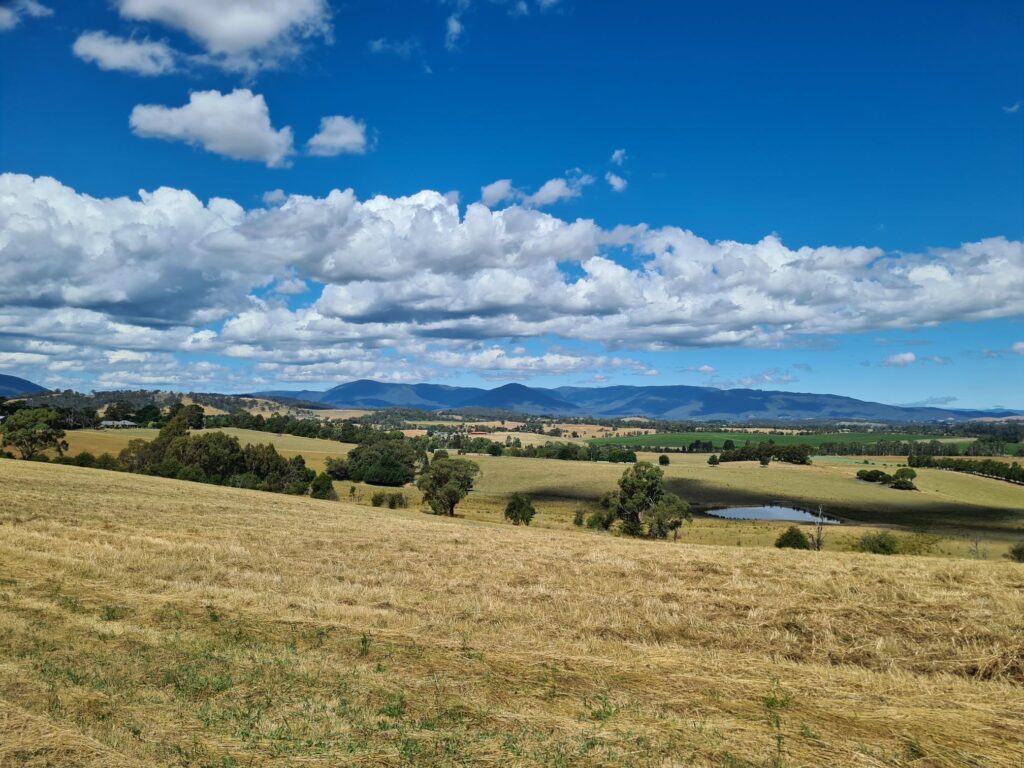
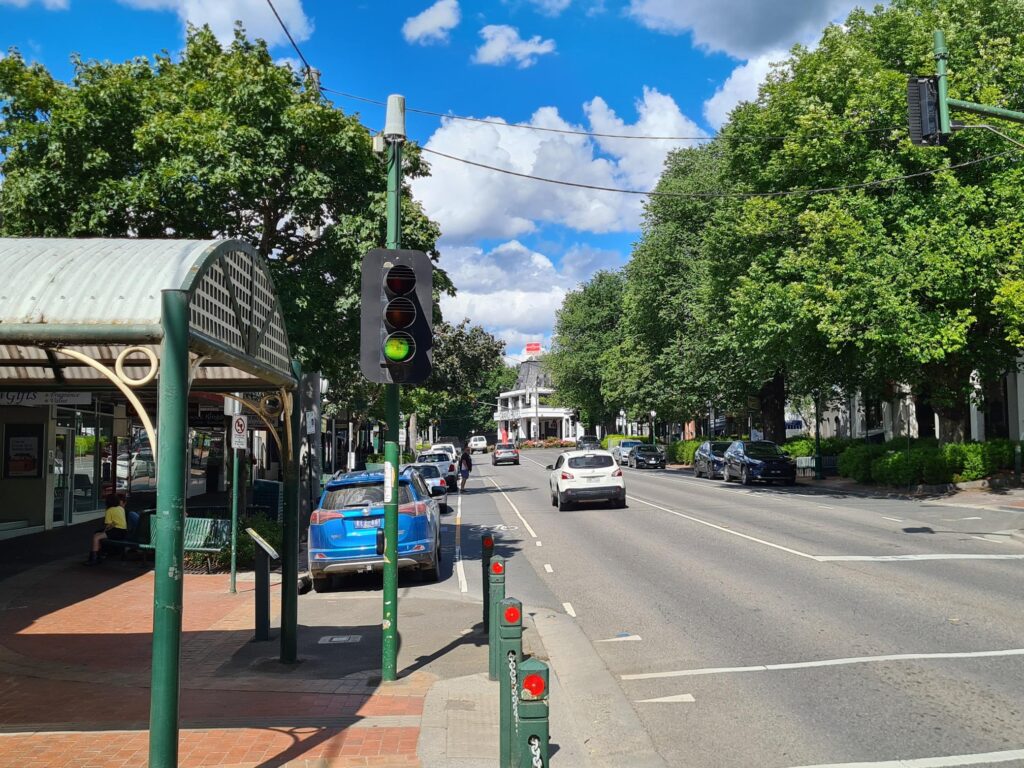
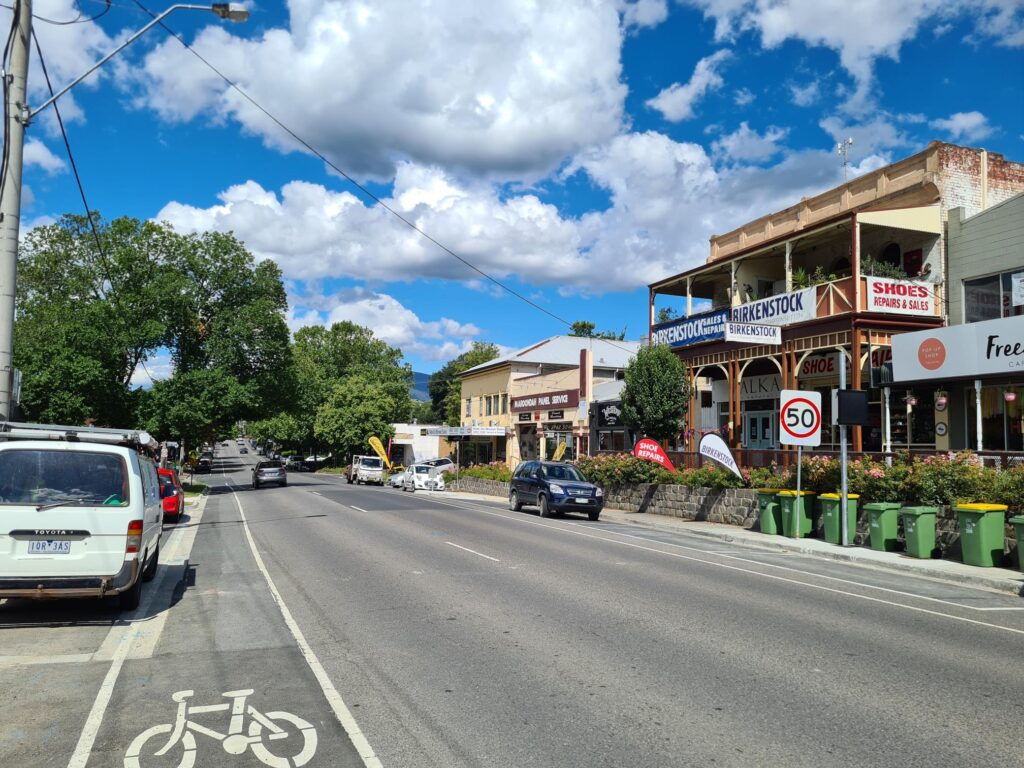
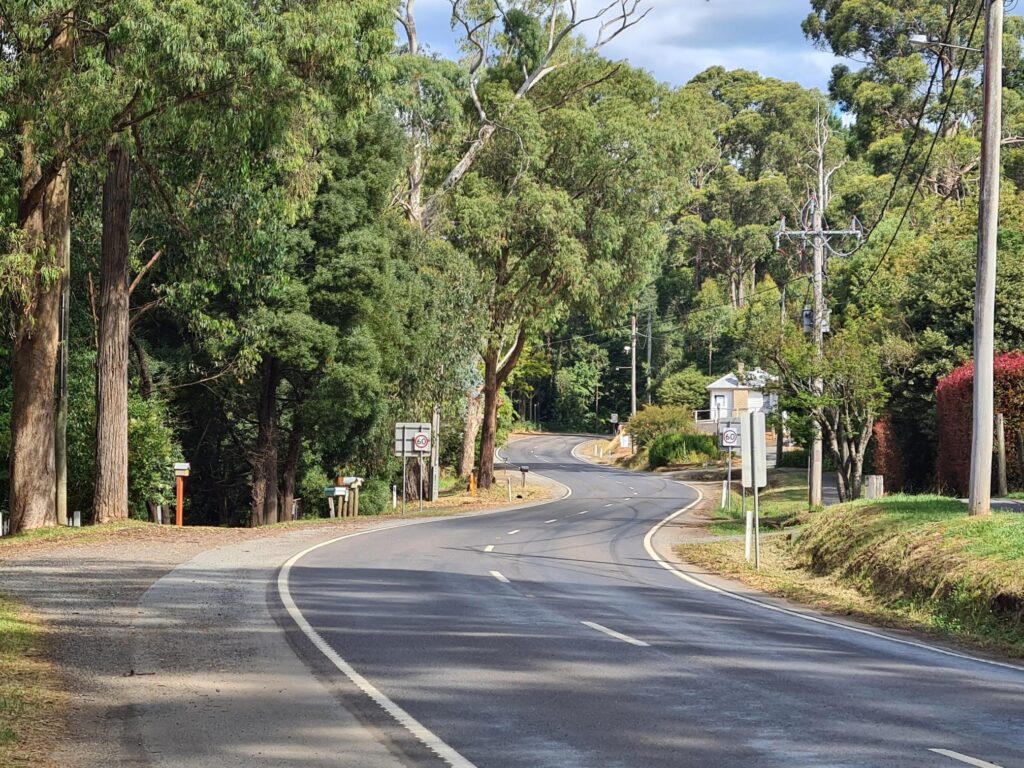
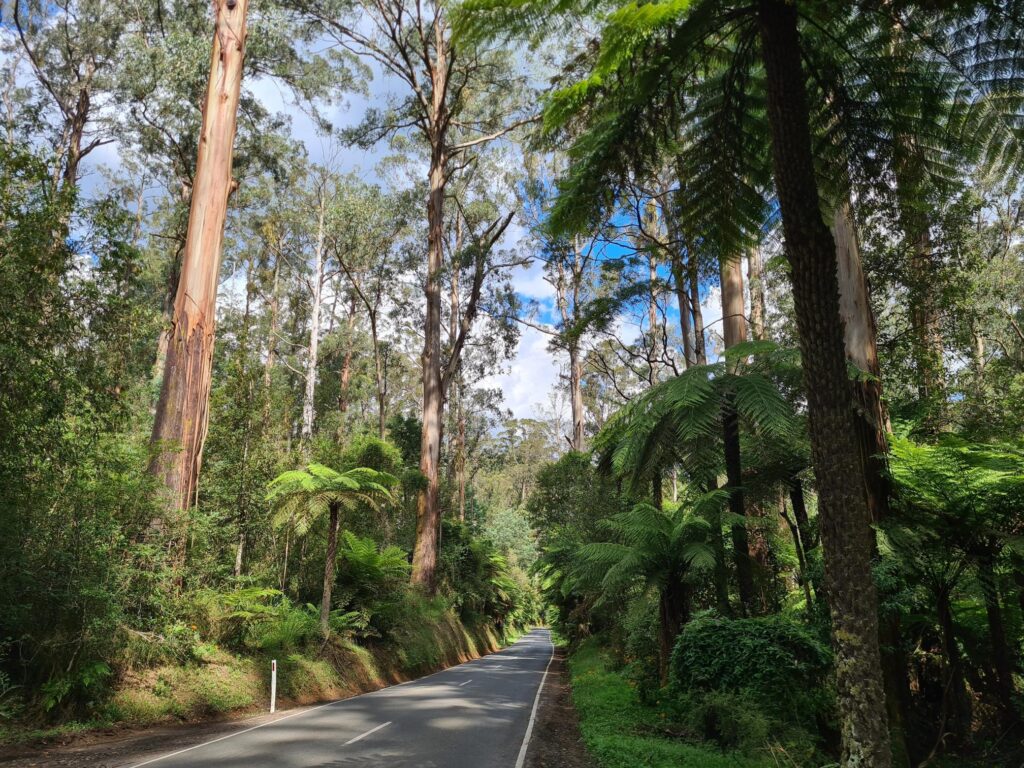
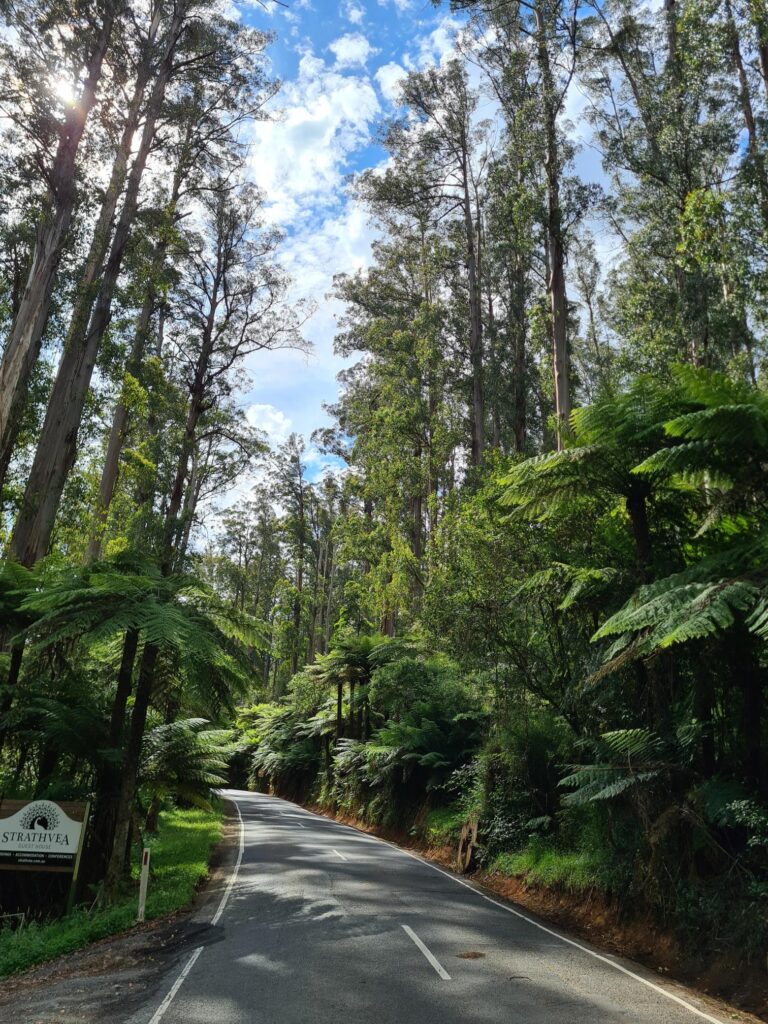
January 16, 2022 at 1:23 am
Hi, Rob. Yes, I, as a native speaker, also don’t like to explain the Chinese grammar excessively. But as a foreign language learner, he usually has to rely on grammar because he regards grammar as the only criterion. What you say make sense. Which sounds correct I think should come first. Thanks for your explanation. Dep
January 15, 2022 at 12:59 pm
Hi, Rob. Many thanks for your writing back to me and I learned a lot. But I still have a question. There you used the preposition ‘for’ instead of ‘to’. Is that okay?
Have a great weekend, Rob! Dep
January 15, 2022 at 8:18 pm
Hi Dep,
Many thanks for your comment. Well spotted. I must admit to not really knowing why something sounds better with ‘for’ than ‘to’ or vice versa. As a native speaker, I know what sounds right to my ear, although in this case I can’t really explain the grammar (sorry). It sounds correct (to my ear) to say ‘There were too many for my liking.’ It sounds incorrect (to my ear) to say ‘There were too many to my liking.’ Sorry I can’t give you a more definitive response. However, I think if you use either, people will understand what you mean without problem.
Have a great day.
Rob
January 15, 2022 at 1:07 am
Hi Rob,
Another great podcast! I feel like I’ve followed you through beautiful Victorian countryside. And I enjoy the video very much. Which is a perfect communication between man and nature. By the way, should you always watch out for wild animals that suddenly appearing out when you ride on these winding back roads?
In addition, I have a question. ‘…there are generally too many people there for my liking’. Here, Does the phrase ‘for my liking’ mean ‘I don’t like the atmosphere’?
Thanks for sharing, Rob!
Cheers,
Dep
January 15, 2022 at 10:51 am
Hi Dep,
Many thanks for your comment. You have raised a couple of very interesting points there. Firstly, yes, there is the danger of meeting wild animals while riding, in particular kangaroos and wombats. If you hit one of these, the outcome will mostly be very bad, both for the rider and the animal. However, during daylight hours from around 7.00am to 6.00pm it is quite rare to encounter these animals on the road so it is quite safe to ride at that speed. However, at dusk and dawn, and during the night, all motorcyclists and drivers must be very careful and ride/drive much slower. Secondly, you have raised an interesting point about the use of the phrase ‘to my liking’. It basically means ‘what suits me, what pleases me, what I like.’ For example, you could say – This hot chocolate drink is not to my liking as it is too sweet’. Another example – ‘This music concert was not to my liking. I prefer rock music.’ Another – ‘The colour blue is more to my liking.’ So in the example in the podcast, it means that I don’t like the atmosphere. I hope those explanations are helpful.
Thanks again for your comment. I always look forward to reading them.
Best regards,
Rob
January 14, 2022 at 5:19 am
Hi Rob,
It has been my everlasting dream to visit Australia destined never to be fulfilled. Thanks to you I get to know more and more about this beautiful country. I enjoy reading your stories, I adore listening to your podcasts. No doubt they are of great use and help. Thank you from the bottom of my heart. Wishing you a happy and prosperous 2022.
Truly Yours
Joseph Fradkin,
Moscow, Russia
January 14, 2022 at 7:03 am
Hi Joseph,
Many thanks for your comment and for your kind words about my podcast. I really appreciate your feedback. It seems sad that your dream will not be fulfilled. However, as the song Happy Talk from the musical South Pacific goes, ‘You got to have a dream. If you don’t have a dream, how you gonna have a dream come true.’
Thanks for your new year wishes. I wish you also a happy and prosperous 2022.
All the best,
Rob
January 14, 2022 at 5:00 am
Hi Rob, that is a wonderful podcast. Thanks for this. I could understand almost every word, okay, at least the context 😉 It is a pleasure to listen the story and watching the nice photos. I think, learning through „slow english“ is a great preparation for my planned trip to Australia. Cheers from Berlin / Germany, Stefan
January 14, 2022 at 6:56 am
Hi Stefan,
Many thanks for your comment. Yes, I think doing a few of my podcasts might be helpful for your planned trip. The time will pass quickly and before we know it you will be here in the land down under. We are looking forward to seeing you.
All the best from Melbourne.
Rob
January 13, 2022 at 10:36 pm
Dear mr. McCormack,
I read your podcast and also watched your video about your ride to countryside.
Wery nice road and beautiful nature.
It’s time to say all the best and grants people of Victoria state for good care of enviroment.
January 13, 2022 at 11:36 pm
Hi Boban,
Many thanks for your comment. Thanks also for your kind words. I am glad you watched the video. It’s such fun to ride that road through the forest.
Have a great day.
Rob.